Bugs in Your House and Your Crops: What the Mid-Atlantic States Are Dealing With
Picture this: you’re finally settling down for a cozy evening at home when suddenly, a foul odor hits your nostrils. You look up to see a brown, shield-shaped insect crawling across your ceiling. Then another appears. And another. Before you know it, you’re dealing with hundreds of these unwelcome visitors. Welcome to the world of stink bugs – particularly the brown marmorated stink bug that’s been wreaking havoc across the Mid-Atlantic states for over two decades.
In the United States, the highest concentrations of brown marmorated stink bugs occur in the mid-Atlantic region, and they have been identified in 38 states and the District of Columbia. They cause major economic damage to fruit, vegetable, and field crops in the mid-Atlantic region. This isn’t just a minor inconvenience we’re talking about – it’s a full-blown agricultural and domestic crisis that’s costing millions and driving both farmers and homeowners to their wit’s end.
The Asian Invader That Changed Everything
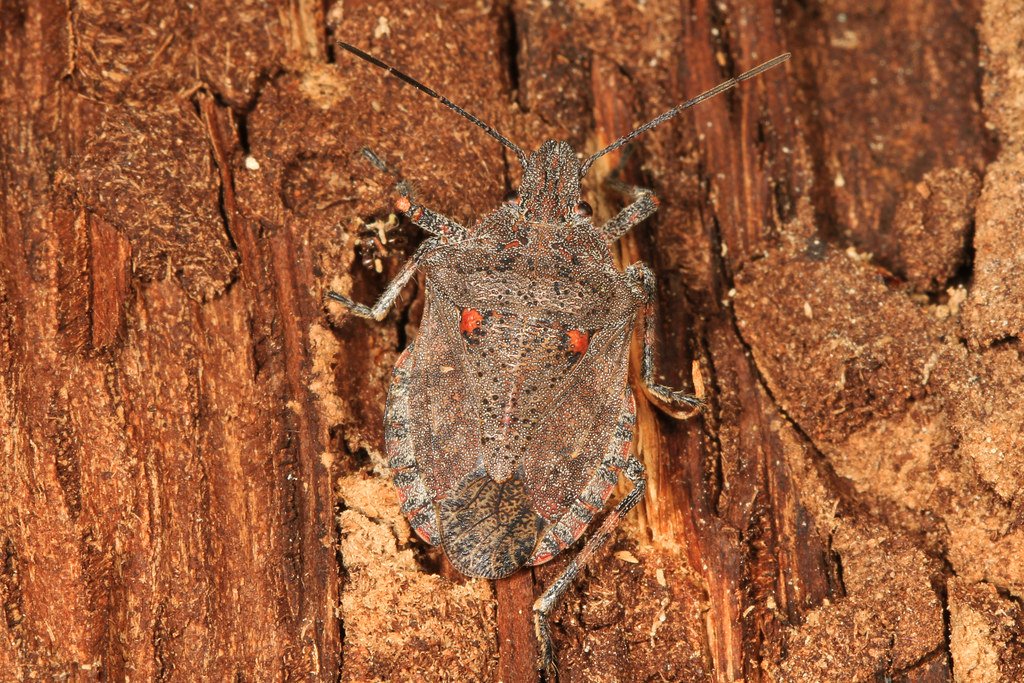
The brown marmorated stink bug, Halyomorpha halys, is an invasive pest that is present throughout much of the United States. The species is native to Asia and was introduced into the United States in the mid-1990s, possibly stowing away in a shipping container. Like many invasive species, this bug didn’t arrive with fanfare or announcements. Stink bugs were first collected in the United States in Allentown, PA in the fall of 1996, but apparently not recognized or identified until September 2001. By the time scientists figured out what they were dealing with, these bugs had already begun their relentless march across the continent. They quickly spread east to New Jersey, then Virginia by 2004, and now southward to the North Carolina border. Today, brown marmorated stink bugs are most prevalent in the mid-Atlanta region, but they have been identified in 44 states and the District of Columbia. What started as a single population in Pennsylvania has now become a nationwide problem, with the epicenter still firmly planted in the Mid-Atlantic states.
Why They’re Called “Stink” Bugs

True to its name, the stink bug emits a characteristic odor as its main defense against predators. The smell is produced from special glands in its abdomen, and it can be poisonous if ingested in large enough amounts. It’s not just an unpleasant smell – it’s a chemical warfare system that these bugs deploy whenever they feel threatened. Their name comes from the pungent, cilantro-like odor produced by scent glands located on the mid-section of the body. Some people describe it as smelling like cilantro, while others compare it to rotten vegetables or even skunk spray. Because of this odor, a stink bug infestation is a particularly nasty problem to have. The smell can linger in your home for hours or even days, making it impossible to ignore their presence. If you detect a scent in your home similar to coriander, stink bugs have gathered in large enough numbers to produce an odor – a definite sign of infestation.
What Makes Them So Successful
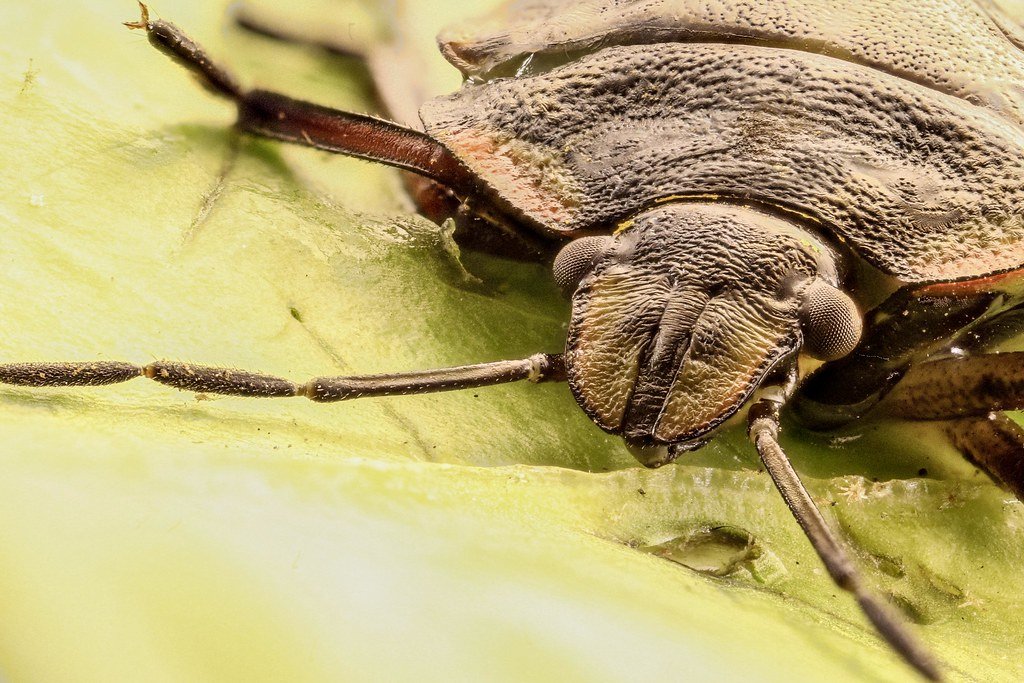
Stink bugs are also called shield bugs owing to the shieldlike shape of their bodies. They walk on six legs and carry two straight antennae. But don’t let their seemingly simple appearance fool you – these bugs are incredibly versatile survivors. They feed on a wide array of plants including apples, apricots, Asian pears, cherries, corn, grapes, lima beans, peaches, peppers, tomatoes, and soybeans. This makes them extremely versatile, as they do not require a specific plant on which to feed. Think of them as the ultimate generalists in the insect world – they can eat practically anything green. A prolific feeder, BMSB dines on more than 300 plants, including apples, peaches, cherries, berries, row crops and cereals. This adaptability means they can thrive in diverse environments, from suburban gardens to vast agricultural fields. Because their wings stay folded close, it’s easy to forget that adult stink bugs actually fly. This mobility allows them to spread rapidly and find new food sources whenever their current habitat becomes less favorable.
Their Shocking Home Invasion Strategy
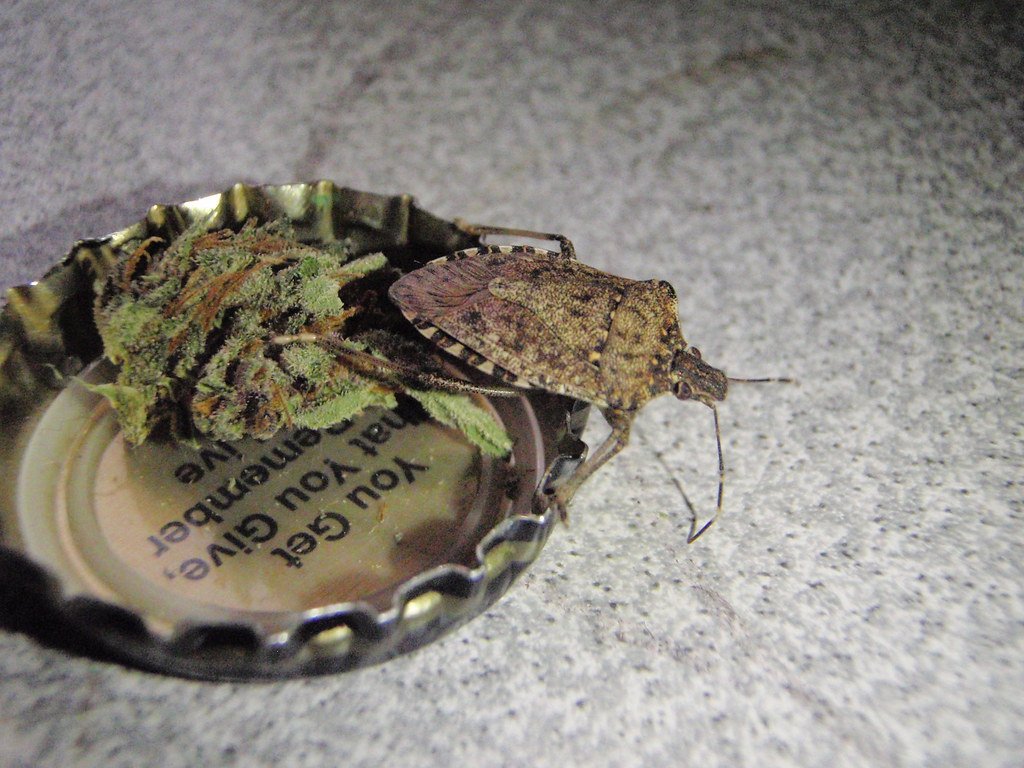
The bug survives the winter as an adult by entering houses and structures when autumn evenings become colder, often in the thousands. In one home, more than 26,000 stinkbugs were found overwintering. Yes, you read that correctly – twenty-six thousand stink bugs in a single house! According to a recent and remarkable piece by Kathryn Schulz of The New Yorker, “When Twenty-Six Thousand Stinkbugs Invade Your Home”: A wildlife biologist in Maryland decided to count all the brown marmorated stinkbugs he killed in his own home; he stopped the experiment after six months and twenty-six thousand two hundred and five stinkbugs. Around the same time, entomologists documented thirty thousand stinkbugs living in a shed in Virginia no bigger than an outhouse, and four thousand in a container the size of a breadbox. In areas where they are established, they can enter structures by the hundreds or thousands. Once inside, they may congregate almost anywhere, including bookcases; under beds and sofas; in cracks under or behind baseboards, window and door trim; and in attics. Unlike other overwintering insects, stink bugs don’t just hide in one spot – they explore your entire home like unwelcome houseguests who refuse to leave.
The Agricultural Nightmare Begins

Mid-Atlantic apple growers lost $37 million last year from damage caused by the brown marmorated stink bug (BMSB) to the 2010 apple crop, according to an estimate released by the U.S. Apple Association (USApple). “The loss to apple growers of $37 million in income in a single year is a very serious matter. But apples are just the beginning of this agricultural disaster story. In 2010, in the Mid-Atlantic United States, $37 million in apple crops were lost, and some stone fruit growers lost more than 90% of their crops. Imagine working all year on your peach orchard, only to watch 90% of your harvest become unmarketable because of these pests. Since 2010, serious crop losses have been reported for apples, peaches, sweet corn, peppers, tomatoes, and row crops such as field corn and soybeans in the mid-Atlantic region. Since 2010, serious crop losses have been reported for apples, peaches, sweet corn, peppers, tomatoes, and row crops such as field corn and soybeans in the mid-Atlantic region. The value of at-risk crops where BMSB have been established or identified exceeds $21 billon. That’s billion with a “B” – we’re talking about an economic threat that rivals natural disasters in its potential impact.
How They Destroy Your Crops
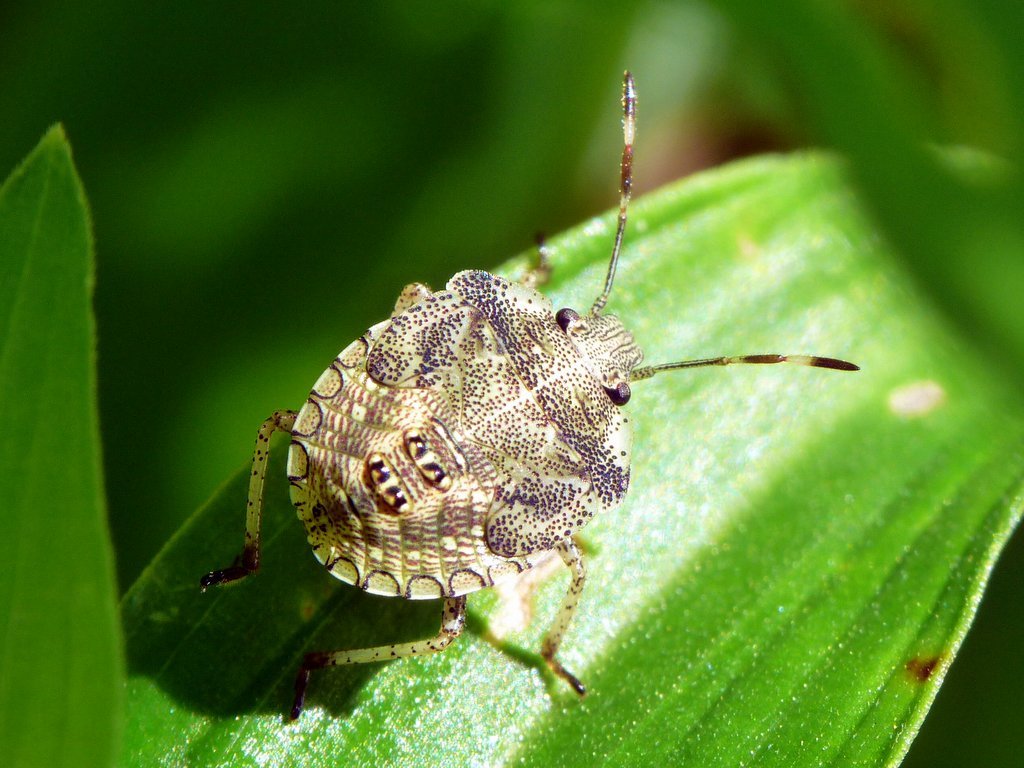
The brown marmorated stink bug is a sucking insect (like all Hemiptera or “true bugs”) that uses its proboscis to pierce the host plant to feed. This feeding results, in part, in the formation of dimpled or necrotic areas on the outer surface of fruits, leaf stippling, seed loss, and possible transmission of plant pathogens. Think of their mouthparts as tiny hypodermic needles that inject digestive enzymes while they feed. Physical damage to fruit includes pitting and scarring, sometimes leading to a mealy texture. This injury makes the fruit unmarketable as a fresh product and in severe cases can even render the crop unusable for processed products. It’s not just surface damage – these bugs can completely ruin the internal structure of fruits and vegetables. In addition to physical damage, wounds caused by feeding can provide an entryway for disease to attack the host fruit or plant. So even if the initial damage seems minor, it can lead to secondary infections that destroy entire crops. In most cases, the signs of stink bug damage makes the plant unsuitable for sale in the market, as the insides are usually rotten.
The Hidden Damage in Field Crops
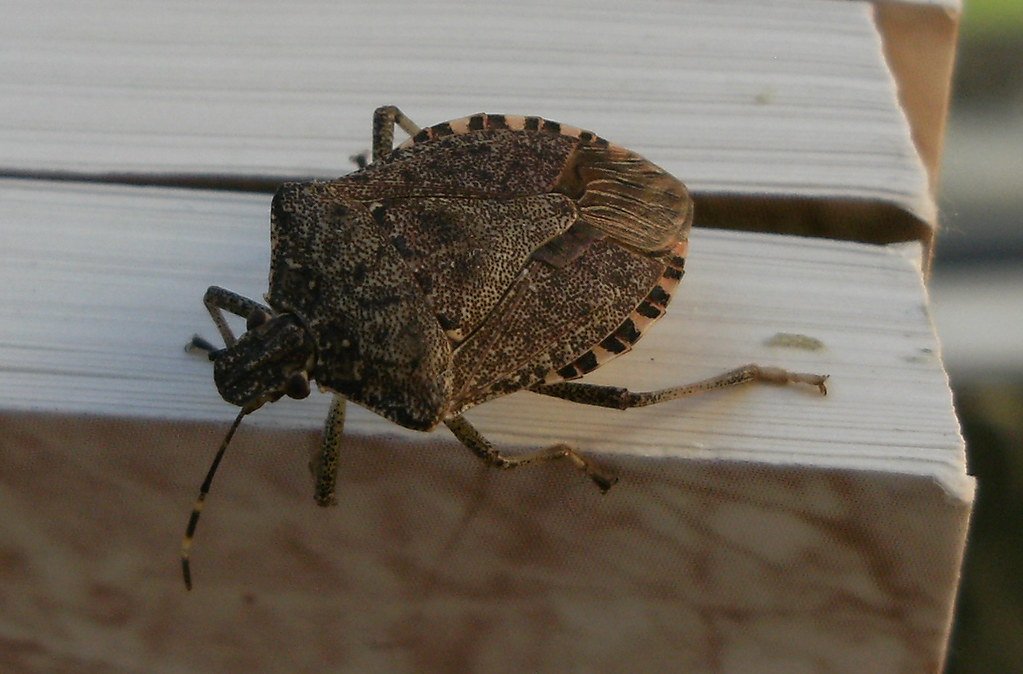
In field crops, damage caused by brown marmorated stink bug is not usually evident immediately upon visual inspection. For instance, in corn the stink bugs feed through the husk, piercing kernels and sucking out the juice resulting in shriveled kernels. This hidden damage makes stink bugs particularly insidious – farmers might not realize they have a problem until harvest time when it’s too late. Stink bug feeding in soybeans is similar to corn, where the bugs pierce the pods and suck juices out of the seeds. One visual symptom of brown marmorated stink bug feeding in soybeans is referred to as the “stay green” effect, where injured soybean plants stay green later into the season while other plants in the field senesce as usual. A stink bug population can build up in soybeans during podfill. A stink bug population can build up in soybeans during podfill. The “stay green” effect is particularly deceptive because it might initially look like healthier plants, when in reality it’s a sign of severe damage that will result in poor seed quality and reduced yields.
The Edge Effect: Where They Strike First
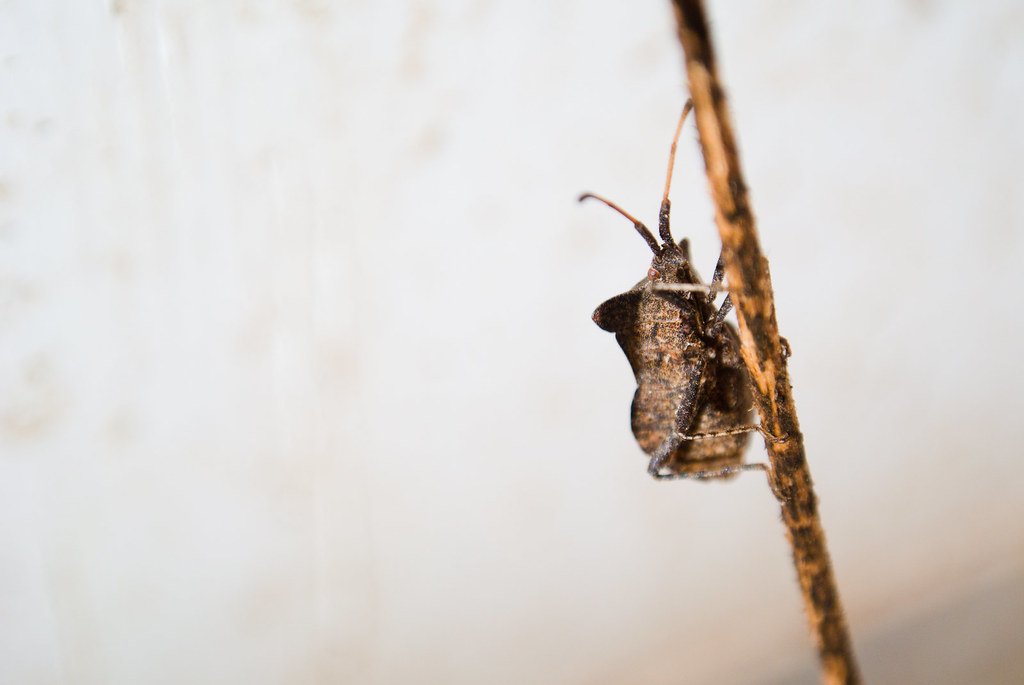
Additionally, stink bug infestations in field crops are usually characterized by an “edge effect”, where stink bugs infest plants mostly in the first 30 to 40 feet from the edge of a field. This pattern reveals something crucial about stink bug behavior – they’re not random invaders but strategic colonizers. The edge-only treatment prevented reinvasion and also resulted in an 85–95% reduction in insecticide used compared with whole-field treatments. Results presented here showing highest stink bug density and associated damage limited to the immediate field edge provide validity for the edge-only treatment. Understanding this edge effect has revolutionized how farmers approach stink bug management. In the case of soybean infestations, spraying only the perimeter of a field may be the most effective method of preventing stinkbugs from damaging the crops. However, this strategy isn’t foolproof. However, even this method is limited, as new populations move back into the area, or the existing population simply moves to unaffected areas. It’s like playing a game of whack-a-mole with insects that can fly.
When Thousands Invade Your Home

Brown marmorated stink bugs tend to ride out cold winters by hiding out in your home, entering through windows, cracks, and other small openings. What makes their home invasion particularly disturbing is the sheer scale of the problem. High numbers of brown marmorated stink bugs are not expected to invade Wisconsin houses this winter, but in the mid-Atlantic region of the U.S., the bugs can enter buildings by the hundreds or thousands. In West Virginia, bank employees arrived at work one day to find an exterior wall of the building covered in an estimated million stinkbugs. An estimated million stink bugs on a single building – it sounds like something out of a horror movie, but it’s the reality for many people in the Mid-Atlantic states. Once inside the house, they go into a state of hibernation. They wait for winter to pass, but often the warmth inside the house causes them to become active, and they may fly clumsily around light fixtures. Stink bugs also tend to be more active indoors throughout the entire winter, especially on warmer days. Occasionally they may be found on houseplants, possibly feeding, in late winter.
Why Traditional Pest Control Falls Short

Managing this pest species is challenging because there are currently few effective pesticides that are labeled for use against them. Researchers are looking into additional ways to effectively control this stink bug species. The problem isn’t just that stink bugs are hard to kill – it’s that they’re incredibly mobile and reproduce rapidly. Because the bugs insert their probosces below the surface of fruit and then feed, some insecticides are ineffective; in addition, the bugs are mobile, and a new population may fly in after the resident population has been killed, making permanent removal nearly impossible. It’s like trying to fill a bucket with a hole in the bottom – you might temporarily reduce numbers, but new bugs keep arriving. Evidence also shows that stink bugs are developing a resistance to pyrethroid insecticides, a common chemical used to combat infestations. While there are insecticides labeled for application to the outside or perimeter of homes, these will only kill stink bugs by contact. Since stink bugs can fly several miles, a single application is unlikely to have long-term benefit unless thousands are on the exterior of the home. The mobility of these insects makes traditional chemical control methods frustratingly ineffective.
The Soybean Connection: A Perfect Storm
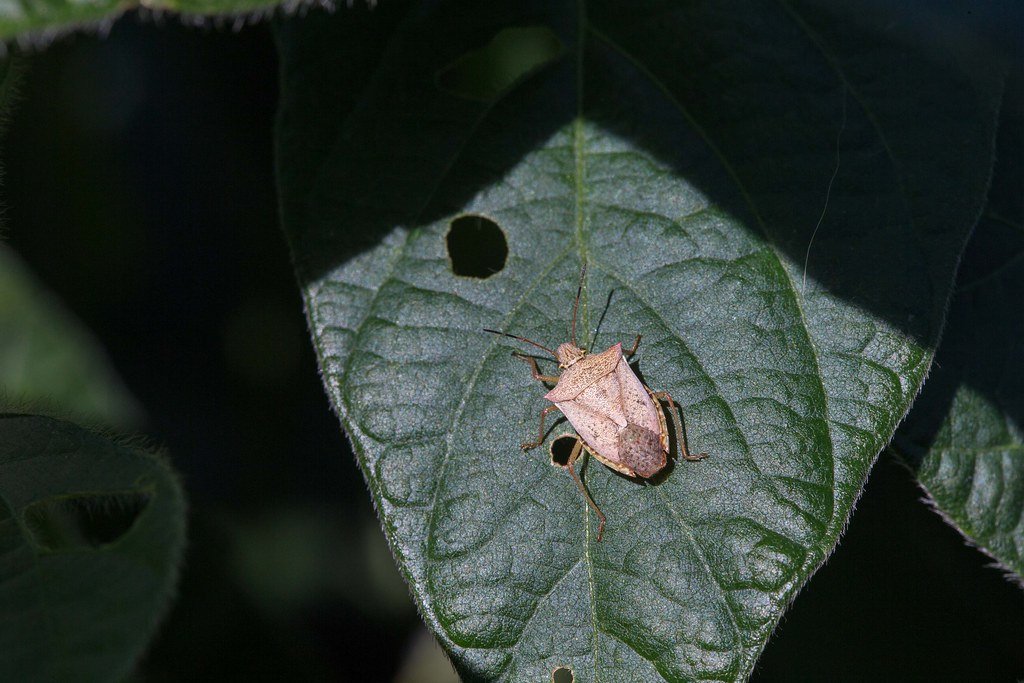
Surveys in Kentucky and adjacent states have identified a soybean-wheat-corn sequence as especially favorable for stink bug damage. Surveys in Kentucky and adjacent states have identified a soybean-wheat-corn sequence as especially favorable for stink bug damage. This crop rotation system, common throughout the Mid-Atlantic region, has inadvertently created ideal conditions for stink bug population explosions. Wheat cover crops provide an attractive early spring host for the insects, and subsequently they feed on emerging corn. The stink bugs may overwinter in the wheat stubble, or they may leave the field for over wintering sites and return in the spring. Soybeans are a favorite late summer host, and dramatic growth in soybean acreage during the recent years has contributed to steadily increasing numbers of these insects. This increase coupled with certain cultural practices and crop rotation, can lead to stink bug damage to early growth stages of corn. In southern states, stink bugs collectively are the costliest insect pest followed by corn earworm. While traditionally considered a southern pest, the range of stink bugs is moving north, and westward as average yearly temperatures continue to increase. Climate change is literally expanding their territory, making the problem worse each year.
Economic Thresholds: When to Fight Back

Valmorbida says insecticide application is warranted only when numbers and damage exceed thresholds. Based on sweep net samples, the threshold for grain soybean is 0.4 bugs per sweep (40 in 100 sweeps); for seed beans, it is 0.2 bugs per sweep (20 in 100 sweeps). These numbers might seem small, but they represent the tipping point where economic damage becomes inevitable. A working treatment guideline for the Midwest is one stink bug per four plants (25% infested plants) prior to pollination, and one stink bug per two plants (50% infested plants) after pollination up to early dough stage. A generally accepted threshold for stink bugs in soybeans is 1.0 per linear foot of row for commercial soybeans, or 0.5 per foot of row in seed production. The threshold for the sweep net method is 8 per 20 sweeps in production soybeans and 4 per 20 sweeps in seed beans. Stunted plants may catch up in height with undamaged plants in 2 to 4 weeks, but research at the University of Kentucky indicates that yield from these plants will be reduced about 10%. That 10% yield reduction might not sound catastrophic, but for farmers operating on thin margins, it can mean the difference between profit and loss.
The Seasonal Cycle of Destruction

The “seasonal cycle of destruction” concerning stink bugs primarily revolves around their overwintering habits, which begin much earlier than other common fall invaders like lady beetles. In Kentucky, for instance, brown marmorated stink bugs start seeking refuge inside buildings as early as mid-September, in stark contrast to the October or November influx of other pests. This early migration is triggered by shorter day lengths and decreasing temperatures, compelling them to find sheltered spots like cracks around windows and doors, attics, or wall voids to survive the colder months. While they don’t reproduce or feed indoors, their sheer numbers can be a significant nuisance, often emitting their characteristic unpleasant odor when disturbed, and their early arrival means homeowners need to be proactive with pest-proofing efforts even before the traditional fall pest season kicks into full swing.




